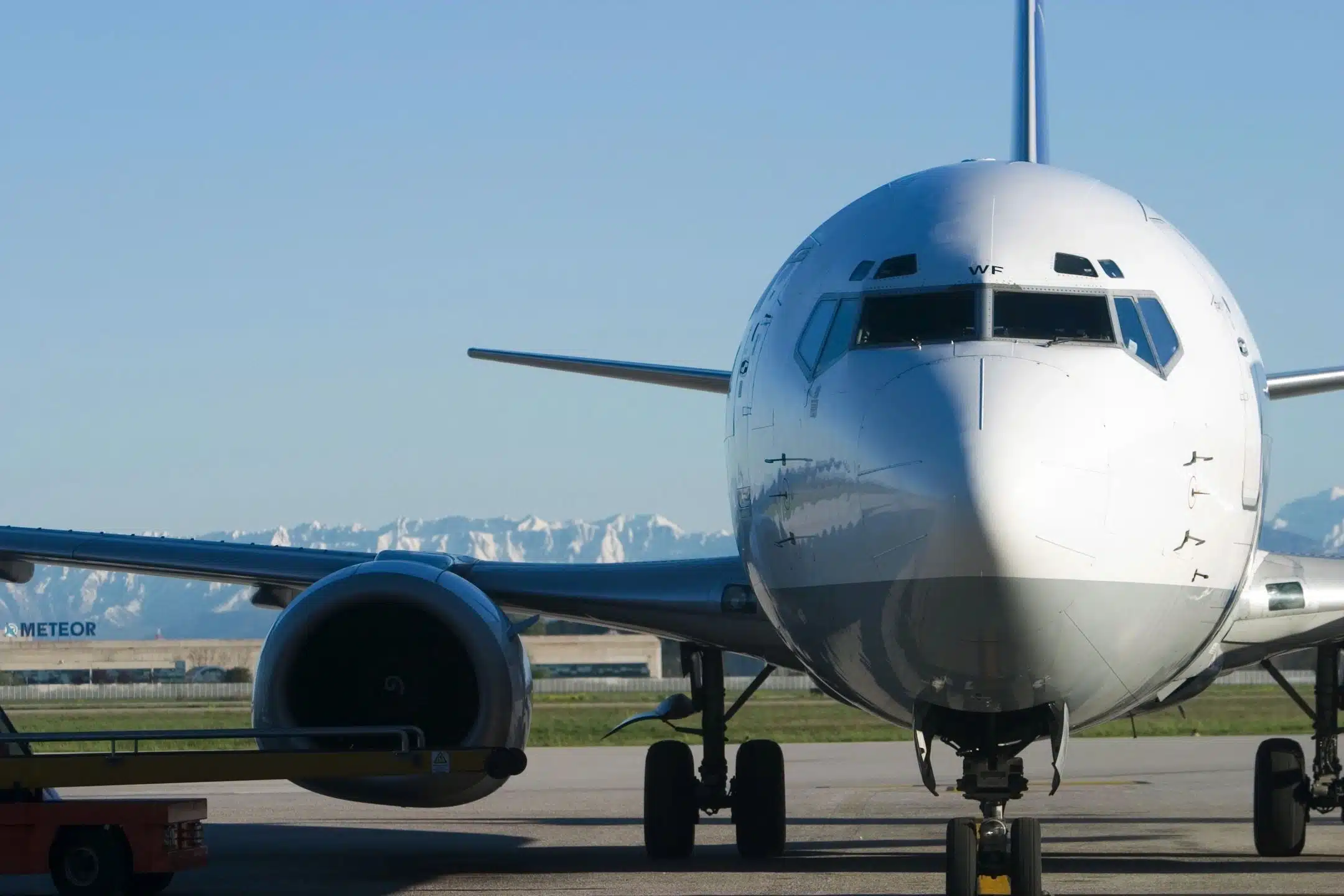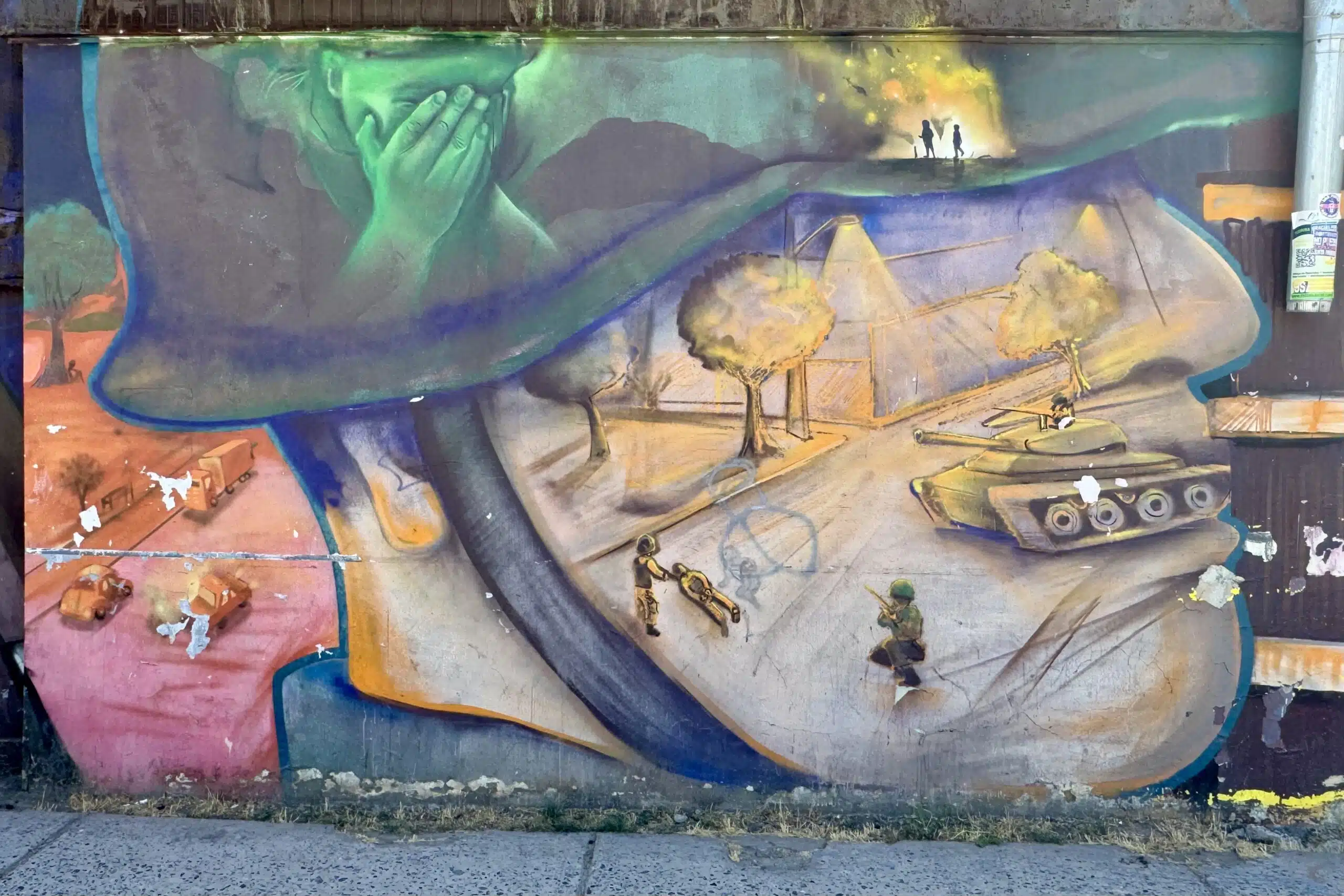There are many reasons to visit Chile, including Patagonia, the Atacama Desert, and the mystical Easter Island. But perhaps the biggest lure is nature itself. And while there’s a lot to choose from, Chile is as tall as the continental United States is wide. Unless you have at least three weeks at your disposal (I didn’t), you’ll have to tackle it in chunks. So for my first visit I focused on Santiago and the surrounding area, with a long weekend in Chiloé to the south. Apart from a variety of enticing landscapes, the island of Chiloé boasts the only place in the world where both Magellan and Humboldt penguins nest. And that seemed to fit the bill for a blog about unique travel experiences. (Be sure to see the photo gallery below.)
Getting to Chiloé, Chile
Chiloé is a nature lover’s paradise with a rugged feel that in parts reminded me vaguely of Maine. It lies just off the Pacific coast, at the northern fringes of Patagonia. If you’re already visiting the nearby Lake District (Los Lagos Region), you can take one of several daily, 30-minute car/passenger ferries from Puerto Montt on the mainland to the town of Chacao on Chiloé Island.
But I chose to fly from Santiago to Mocopulli airport (MHC) in Castro, the island’s capital. The trip took about two hours each way and cost $179 roundtrip on LATAM Airlines. Surprisingly, there’s a second, even smaller airport near Quemchi, so make sure you book the correct one.
Although guided tours are available to popular sites on Chiloé, do yourself a favor and rent a car instead. You’ll appreciate the freedom to explore at your own pace and likely see more—at less cost—throughout your weekend in Chiloé.
Car Rental in Chiloé
I booked an automatic, all-wheel-drive Subaru Crosstrek online from Salfa Rent for $134 (with insurance) for three days. The company was exceptionally responsive to email inquiries, and my entire rental experience at Castro’s Mocopulli Airport was flawless. And it was a good thing I booked an AWD vehicle…
Where to Stay on Chiloé Island
There’s not much to do in Castro itself except enjoy the views. But the capital is centrally located and a great base for a weekend in Chiloé. The island’s primary points of interest are far-flung, though, and will require a few hours of driving no matter which way you’re headed. That’s because beyond the major towns, the roads are slower, at times unpaved and—in a few instances—deeply rutted or muddy. Everything looked deceptively close by. Despite my best efforts, I managed to see only the northern, western, and eastern parts of the island.
My home for the weekend was Hotel Alma Chilota, a traditional palafito—a colorful, wooden building built on stilts over the water. The top-floor room ($117/night, breakfast included) was spacious and had great views of the bay. The staff was very helpful and even let me borrow a garden hose to clean the mud off my rental car when I checked out.
Chiloé National Park (Parque Nacional de Chiloé)
The first full day of my weekend in Chiloé began with a visit to Chiloé National Park near the west coast. It’s quite large and has three points of entry. But unless you want to wade across a river or hike in for 8 hours, the only practical entrance for most tourists is at Cucao. (GPS gets you there easily.) The entire route from Castro is paved, and the park has rest rooms and parking. Once you pay the $8 entry fee for adults ($4 for children aged 12-17), there are many trails from which to choose. The longer hikes range from 3-7 hours roundtrip and lead to beach dunes, a river and waterfall, or through the heart of the forest.
But I had other sites to see, so I picked several shorter hikes closer to the entrance. These mostly shaded, flat walking trails traversed forest, rainforest, and wetlands with a lot of biodiversity. Birdwatchers, in particular, will have a ball. The noisy flocks that suddenly take flight—dozens at a time—from the trees overhead are large green parrots. A couple of these trails would be considered accessible to folks with limited mobility. Overall, it’s a scenic, quiet place to commune with nature and a lowkey way to spend a morning.
Click here to check current hours of operation and buy passes in advance for all national parks in Chile.
Parque Tepuhueico
My next stop—the privately owned Tepuhueico Park—was much more of an adventure and the reason for all that mud on the car. And it’s the reason I was grateful for an AWD vehicle. Again, GPS reliably gets you there. Almost immediately after you leave the highway, the road turns to coarse gravel and small rocks. I took it slow to avoid a punctured tire—and that made the 7-mile approach to the park entrance seem interminable. There were a couple of weight-restricted bridges to cross, too—which thankfully were sturdier than they looked.
I finally reached the park entrance and showed my entry ($5) and parking ($6) passes (purchased here in advance). After consulting a posted map and the attendant, I chose to drive a further 25 minutes along a heavily rutted and puddled dirt road to reach the park’s only lodge. The promise of a grass parking lot, food, and restrooms lured me on. From the lodge, an easy 20-minute hike through rainforest took me to the Rio Bravo waterfall. (The route is not suitable for people with limited mobility.)
Rio Bravo Waterfall (Cascada Rio Bravo)
The waterfall is beautiful. After that daunting trek, I felt I earned something special. But on the long way in and out, I worried about a flat tire and off-road damage to the rental car. And if either the vehicle or I had needed help, there was no cell coverage in most of the park. I suspect the majority of readers would be satisfied with a less fraught visit to Chiloé National Park instead. The adventurous can learn more about Tepuhueico Park, the lodge, and guided activities here.
Muelle de las Almas
For me, the highlight of Day 1 was my visit to the “Dock of Souls” (Muelle de las Almas) in Chonchi. The site closes at 19:30 in February (Chilean summer), and I was running late because of the slow road at Parque Tepuhueico and a missed turn. But I’m glad I persisted.
Native legend says the souls of the departed must summon a boatman to ferry them to the afterlife. The 55-foot wooden Dock of Souls, built on private property in 2005, consequently ends abruptly—midair above a dramatic cliff at the edge of the Pacific Ocean. The views from the top and along the hike are striking, especially as the sun begins to set.
Getting to Muelle de las Almas
Enter Muelle de las Almas in your GPS. About 1.5 miles short of your destination, you’ll see a handmade sign for a parking lot on the right, alongside a small restaurant (with bathrooms). Pay $3 to park and follow the signs on foot along a dirt road about .75 miles. You’ll come to an open gate and the owner’s home/store ahead to your left. There you pay the $3 entry fee before continuing another .75 miles up the dirt road to the summit. You can see the dock from the path, below you to the right overlooking the water.
From the house, it’s at least a 30-minute, moderate and sometimes muddy hike to the top. (The path is not accessible for people with limited mobility.) Ideally, you’ll take in the views at a leisurely pace and relax at the summit. There’s scant shade, so bring sunscreen and water. Just remember you must be out before the owner locks the gate. And don’t confuse this place with Muelle del Tiempo—another attraction in the general vicinity.
The Penguins of Puñihuil
I dedicated Day 2 of my weekend in Chiloé to the penguins of Puñihuil, along the northwestern coast of the island. From the beach there, visitors can take a guided boat tour past the only place on earth—a handful of small, rocky islands—where both Humboldt and Magellan penguins nest. But the penguins are here only from September to March, when Chile’s summer weather is perfect for teaching the babies to swim, climb, and eat.
When you arrive at the beach, a greeter tells you where to park and which boat is leaving next. In season, tours depart daily every 20-30 minutes between 10:45 and 17:30, weather permitting. The cost is approximately $10 per person, and each tour group has about 25-30 people. Once you don a life jacket, you’ll be wheeled to the anchored, open-air powerboat on a people-mover.
Each tour lasts about 30-45 minutes, with commentary from a guide. Although the water looks rough, the captains are skilled at steering the powerful boats in such a way that the ride is smooth and you don’t get wet. After the tour, visit one of the restaurants or shops that line the roughly one-mile stretch of beach.
Puñihuil – Know Before You Go
English is not widely spoken in Chile, so an English-speaking guide may not be available. Note that the penguins’ coloring camouflages them on the rocks, so at times they can be difficult to spot. And they aren’t running around in large numbers, like you see on National Geographic specials. Most of them are in the water, teaching the young how to survive before they return to colder climes.
Still, it’s a fun ride, and you’re certain to see penguins of both species on land and at the water’s edge. The boat captains know exactly where to go and how to position the boats so everyone has a good experience. You’ll have plenty of time to take pictures but may want a telephoto lens. (My photos below were taken with an iPhone.)
Getting to Puñihuil
Use GPS to navigate to Puñihuil via Ancud. The two-hour drive from Castro is mostly paved. And the unpaved portion was easy compared to Parque Tepuhueico. Just be sure to gas up in Ancud, as there are no service stations between Ancud and Puñihuil. Learn more about activities in Puñihuil here.
Ancud
The small town of Ancud is a convenient stop for food, gas, and most other necessities en route to/from Puñihuil. But note it’s dead on a Sunday afternoon, when most businesses are closed. Although it had a unique, almost Old Western vibe to it, I wouldn’t make a special trip just for Ancud. But it’s worth a quick stop if you plan to see the penguins.
Dulcahue
I hadn’t planned to see Dulcahue, which is a 20-minute and $15 taxi ride from Castro’s Mocopulli airport. But my flight back to Santiago was delayed 6 hours and there was absolutely nothing to do in the tiny, crowded terminal. So I grabbed lunch at a diner in this small village and walked along the pleasant waterfront area. That’s where you’ll find a decent-sized artisan market (Féria Artesenal de Alcahue) where traditional crafts are on sale. Again, I’d prioritize the parks and penguins, but if you find yourself with time to kill…
Final Thoughts
Nature is the primary reason for visiting Chile, and the same is true for a weekend in Chiloé. I arrived on a Friday afternoon, spent two full days exploring, and departed on a Monday. I felt it was the perfect amount of time. And even though it was the peak of Chilean summer (with highs only in the 60s), I encountered no crowds anywhere. The daily rain was confined to the early morning and nighttime hours.
If the choice is between Patagonia and Chiloé, I’d opt for the more dramatic landscapes of Patagonia. That said, Chiloé is less expensive, requires less time, and is easier to reach. All in all, it’s a nice, relaxing alternative for visitors looking to escape the bustle of Santiago and enjoy a variety of the nature for which Chile is famous.
Remember to buy trip insurance when traveling to remote places where personal injury, vehicle damage, and flight disruptions are possible.






